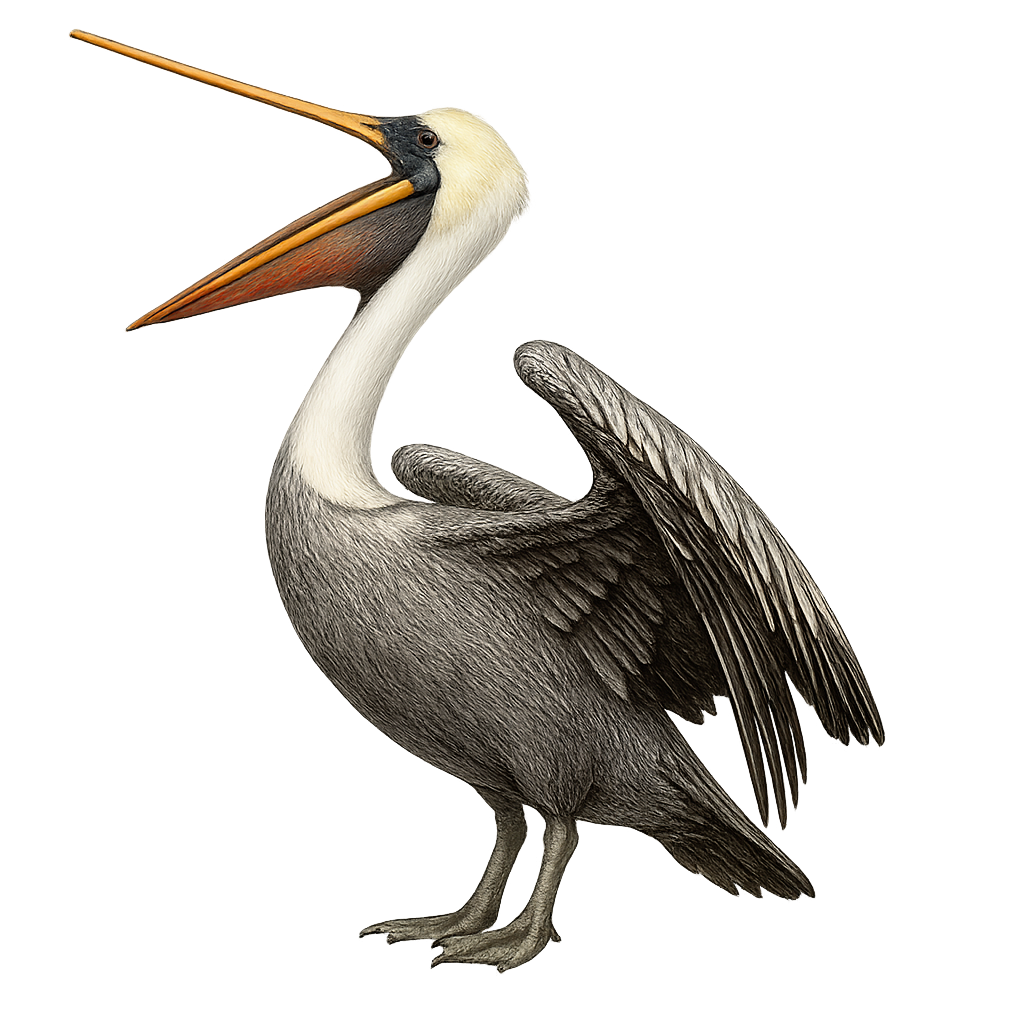Your wildlife photography guide.
Explore the peruvian pelican in detail, study its behavior, prepare your shots.
Where to observe and photograph the peruvian pelican in the wild
Learn where and when to spot the peruvian pelican in the wild, how to identify the species based on distinctive features, and what natural environments it inhabits. The WildlifePhotographer app offers tailored photography tips that reflect the peruvian pelican’s behavior, helping you capture better wildlife images. Explore the full species profile for key information including description, habitat, active periods, and approach techniques.
Peruvian Pelican
Scientific name: Pelecanus thagus

IUCN Status: Near Threatened
Family: PELECANIDAE
Group: Birds
Sensitivity to human approach: Suspicious
Minimum approach distance: 10 m
Courtship display: September to November
Incubation: 29-31 jours
Hatchings: September to December
Habitat:
Rocky coasts, estuaries, beaches
Activity period :
Primarily active during the day, with peak activity in the morning and late afternoon.
Identification and description:
The Peruvian Pelican, or Pelecanus thagus, is a large aquatic bird known for its long bill and distinctive throat pouch. It has predominantly grey plumage with white hues on the head and neck. This bird is often seen along the Pacific coasts from Ecuador to southern Chile. It primarily feeds on fish, which it catches through spectacular dives. During the breeding season, it forms colonies on coastal islands, where it builds rudimentary nests. Although its population is stable, it is sensitive to human disturbances and marine pollution.
Recommended lens:
400mm – adjust based on distance, desired framing (portrait or habitat), and approach conditions.
Photography tips:
To photograph the Peruvian Pelican, aim for the golden hours of morning or evening to benefit from soft, flattering light. Use a telephoto lens of at least 400mm to capture precise details without disturbing the bird. Be patient and wait for the pelican to be in action, such as during its fishing dives. If possible, incorporate elements of its natural habitat, like rocks or waves, to add context to your images.
The WildlifePhotographer App is coming soon!
Be the first to explore the best nature spots, track rutting seasons, log your observations, and observe more wildlife.
Already 1 430 wildlife lovers subscribed worldwide

